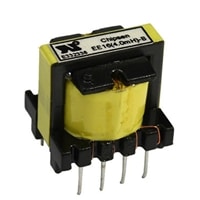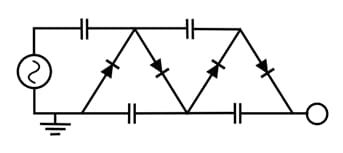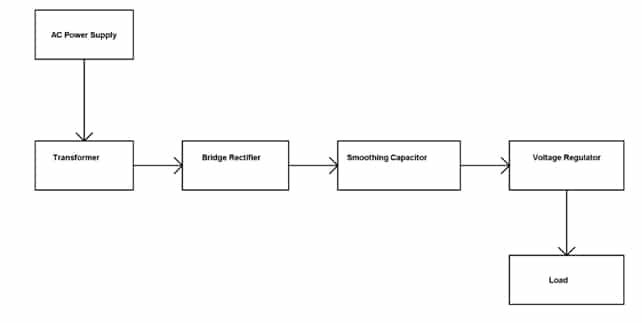How about an article by enegineer M.B about the implementation of 50 KV Variable DC Power Supply using CockCraft Voltage Multiplier? Enjoy your reading!
You can also send us yoru own articles by mail in order to participate in this community blog :) thank you!
Introduction
High voltage causes injury or harm directly. Devices that allow high voltages require safety measurements. High Voltage means the voltage above a certain threshold voltage. In International Electrotechnical Commission standards, there are different voltage limits for AC and DC to be called High Voltage.
Voltage above 1500 V ripple-free DC is known as DC High Voltage and above 1000 VAC is known as AC High Voltage. There are three main kinds of voltages in power system:
- AC
- DC
- Impulse Voltage
50V variable DC power supply is mostly used for the testing of insulation of high voltage cables. The circuit consists of a NAND gate based analog circuit, Flyback converter and Cockcroft Walton voltage multiplier.
Flyback Transformer
It is a popular solution for power supply designs of 100W to 150W for the following reasons:

- The cost is low
- The design is simple and intrinsic efficiency is high
- Multiple outputs
- Positive or negative voltage for the output
- Isolation between primary and secondary sides
Need of Flyback converter:
If a DC component of current is flowing in the windings, the Transformer gets saturated. The inductance will be correspondingly low if the direct current in the winding develops a large enough magnetomotive force to saturate the iron appreciably.
To obtain the desired value of inductance for the alternating component of current, a choke of excessive size is required. DC current saturation can also be made negligibly small by the use of an air gap in series with the flux path.
For a given size of core and winding, if the length of the air gap is too large, the magnetic reluctance is large and the inductance is correspondingly low. This is the reason instead of using air and iron core transformers, Flyback transformer is used which is a ferrite core transformer.
Introduction to Multiplier Circuit
Cockcroft Walton voltage multiplier is basically AC-to-DC converter which is used to produce
high voltage.
This circuit requires an input with symmetric waveform i.e. a signal with equal positive and negative peak values.

Figure 2: Cockcroft Walton Voltage Multiplier
These circuits are used in low-current and high-voltage devices e.g. the picture tubes, cathode- ray tubes, TV displays, and oscilloscopes. Its circuit basically consists of a diode and capacitor as given in the figure below. The increase in voltage depends on the number of stages being used.
Methodology:
- 220V AC supply from WAPDA is stepped down by a center tapped AC transformer which gives positive and negative 12V RMS voltage.
- 12V and 24V AC signals are applied to NAND gate based analog circuit which generates a variable frequency PWM signal. This signal is 5V PWM signal with an offset of 24V. This signal is fed to Flyback converter which gives a variable 5kV DC signal.
- Flyback output decreases with the decrease in the frequency of PWM signal and increases with the increase in the frequency of PWM signal. So, by controlling the frequency of PWM signal, the output voltage is being controlled.
- The output of Flyback converter is fed to Cockcroft multiplier which gives a variable 50 kV DC signals finally at the output. The output voltage can be measured by a high voltage Electrostatic Voltmeter.
- The output voltage can also be measured using a potential divider circuit which is used as a measuring circuit. The circuit must be first simulated using any software e.g. MATLAB and desired results must be obtained.

Figure 3: Block Diagram
Conclusion
The following conclusion is drawn:
- Ripple at the output of multiplier can be reduced either by increasing the capacitance of capacitors used in the multiplier circuit or the frequency of input signal at the multiplier.
- The desired output voltage can be obtained by adjusting the number of stages in Cockcroft Walton voltage multiplier circuit.
- PWM signal can be generated by using Microcontroller.
If you’ve liked this article and want M.B to write another one, please tell us in the comments below :)
